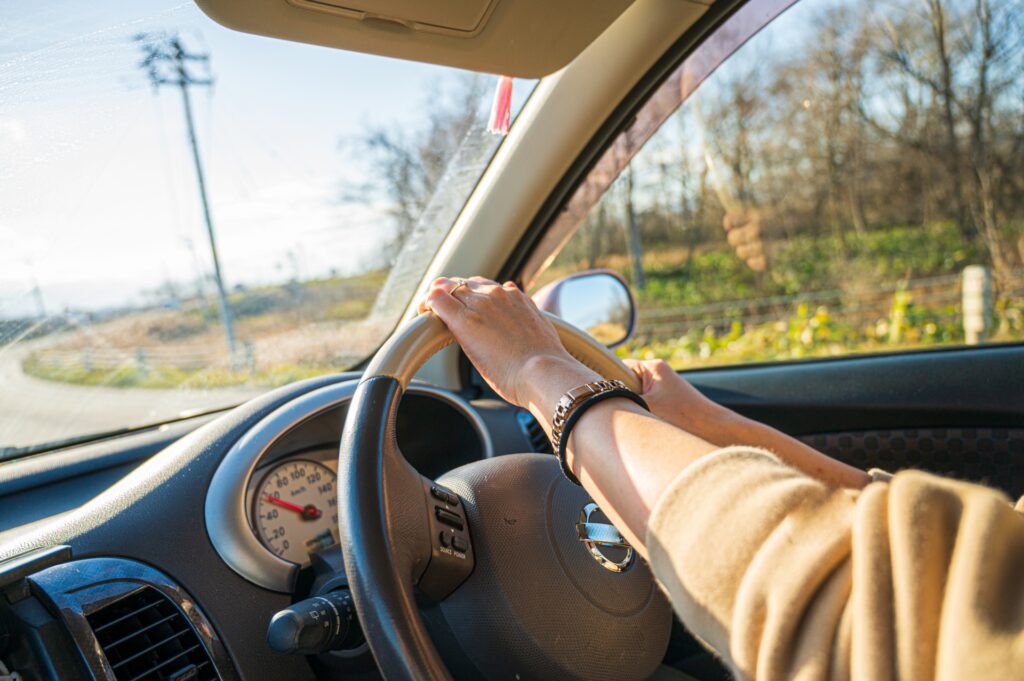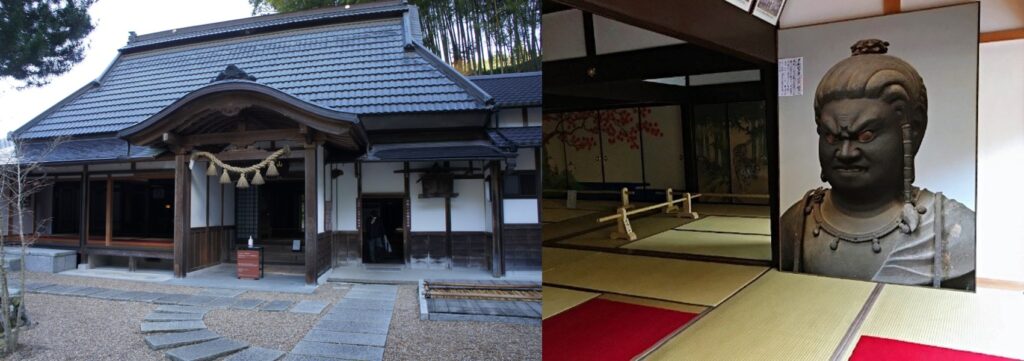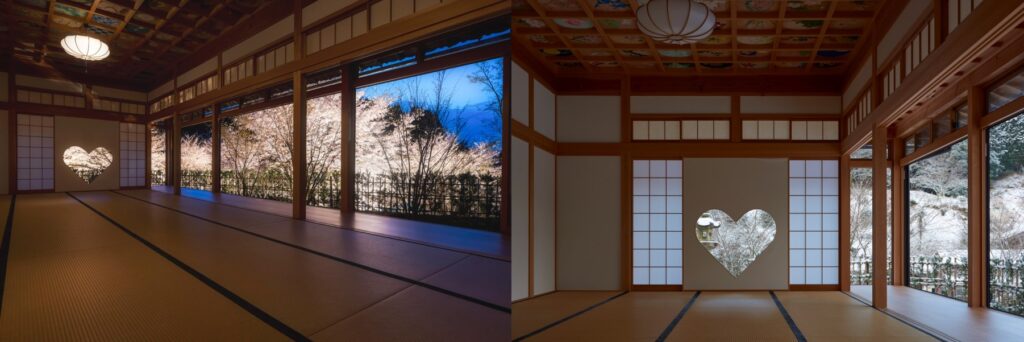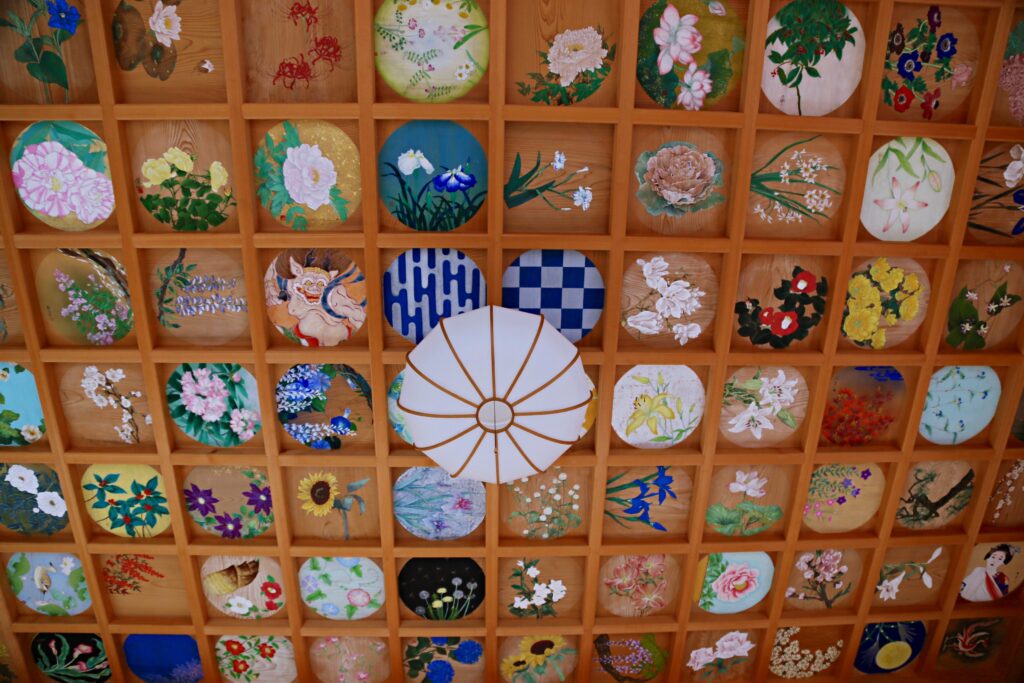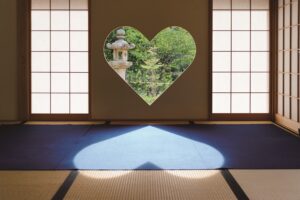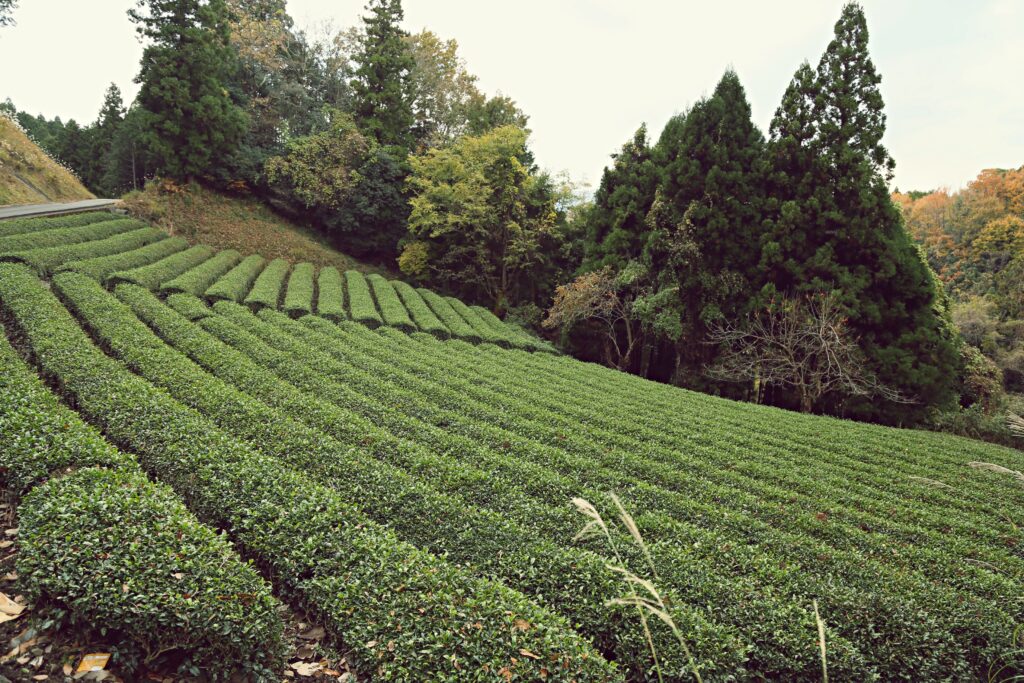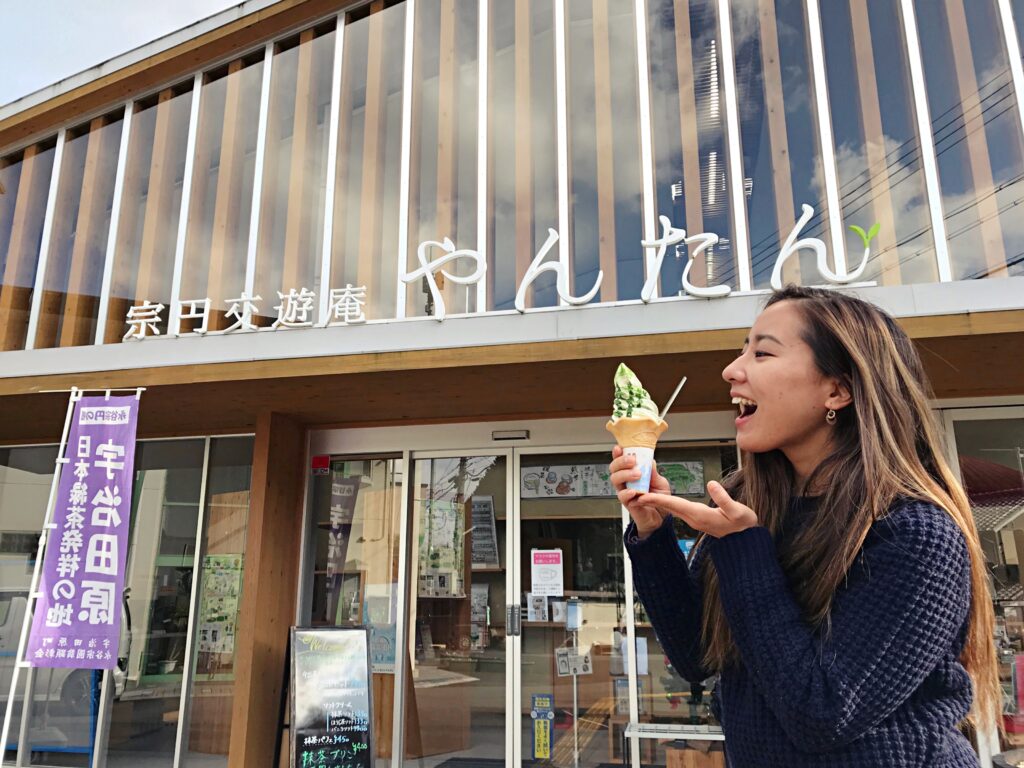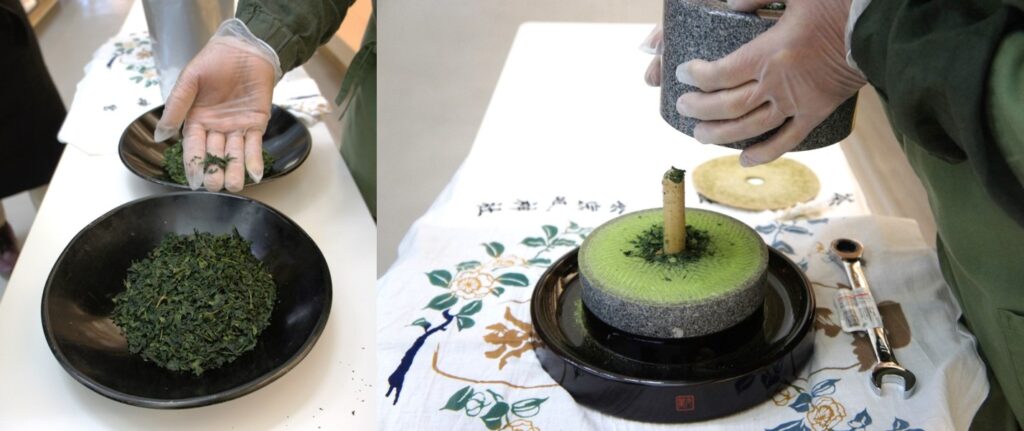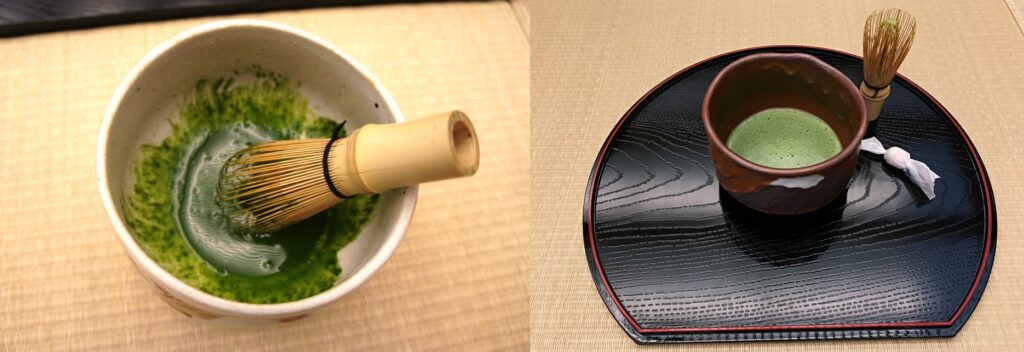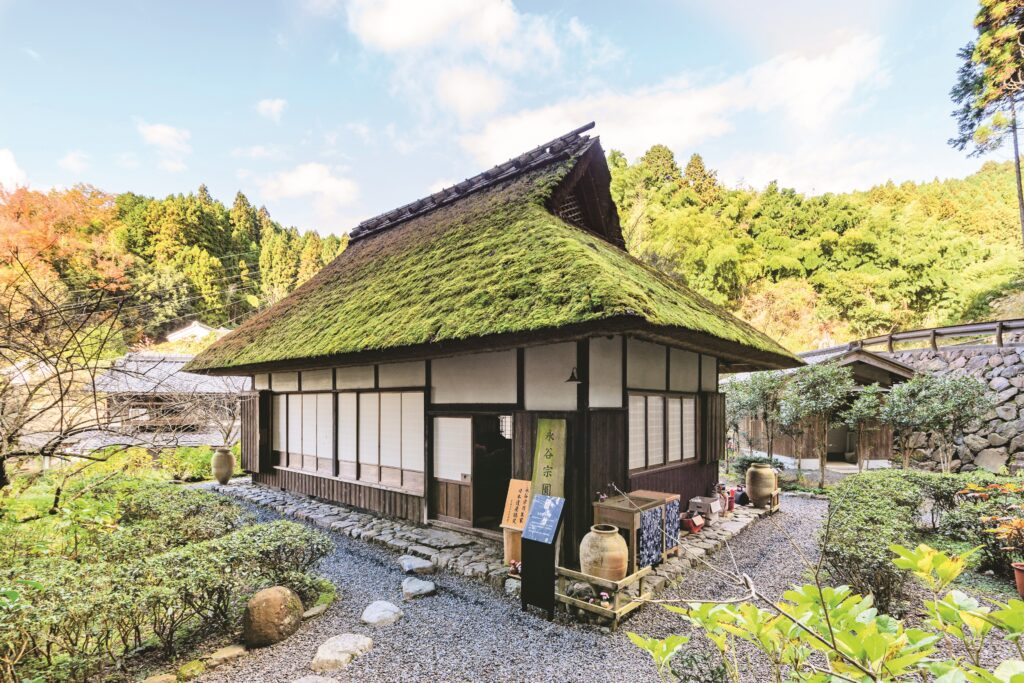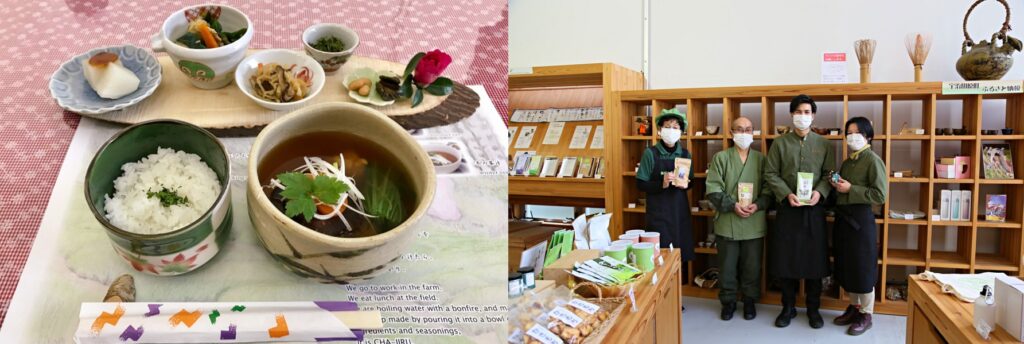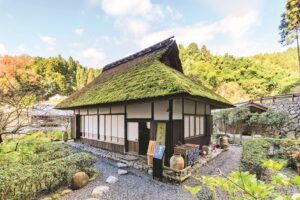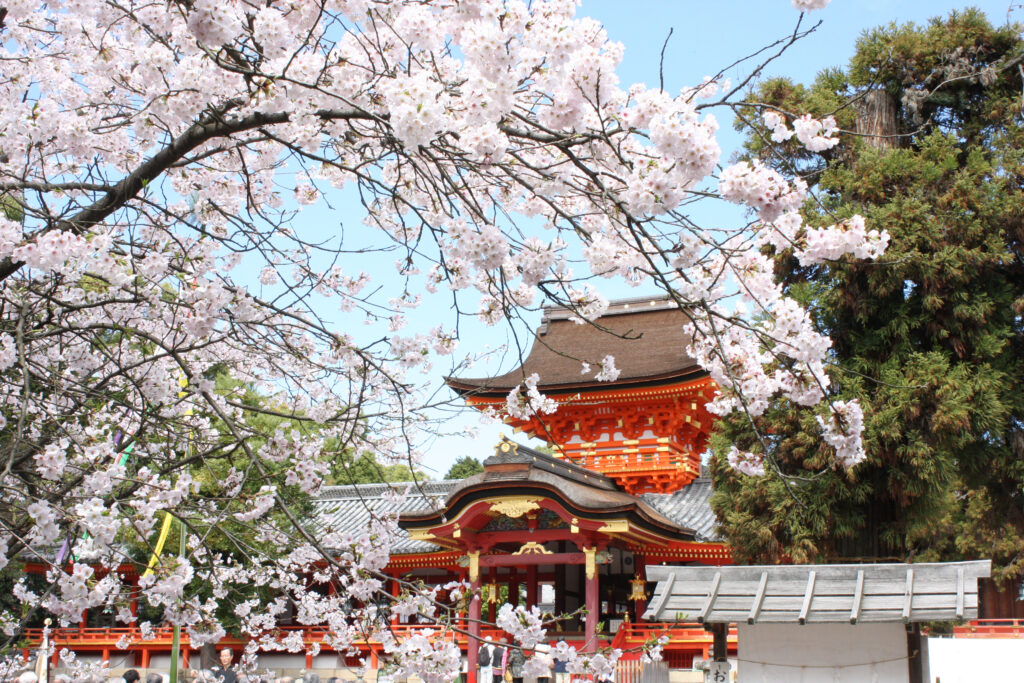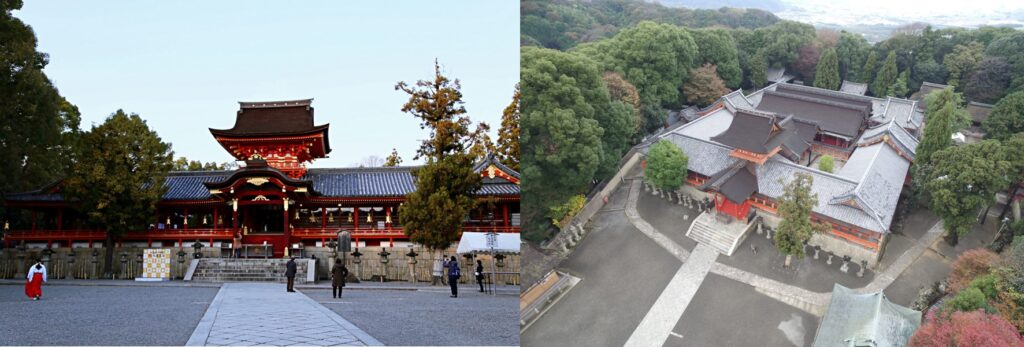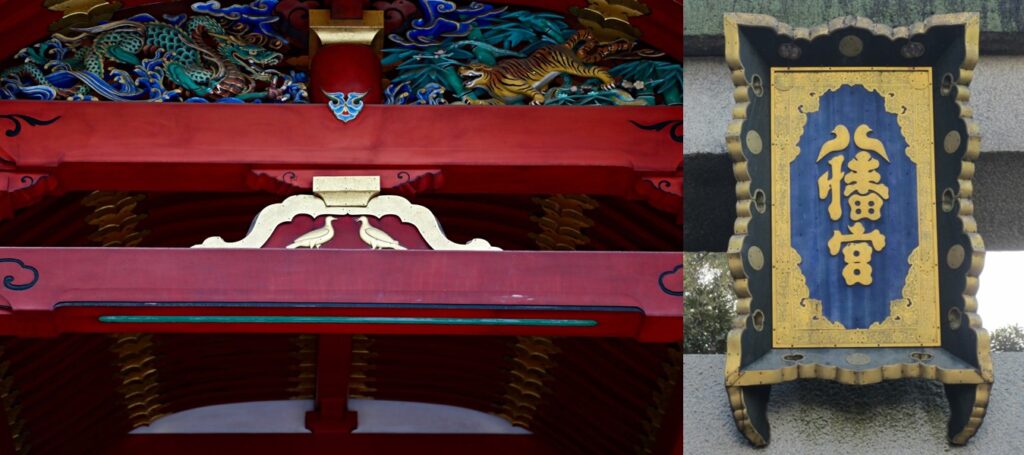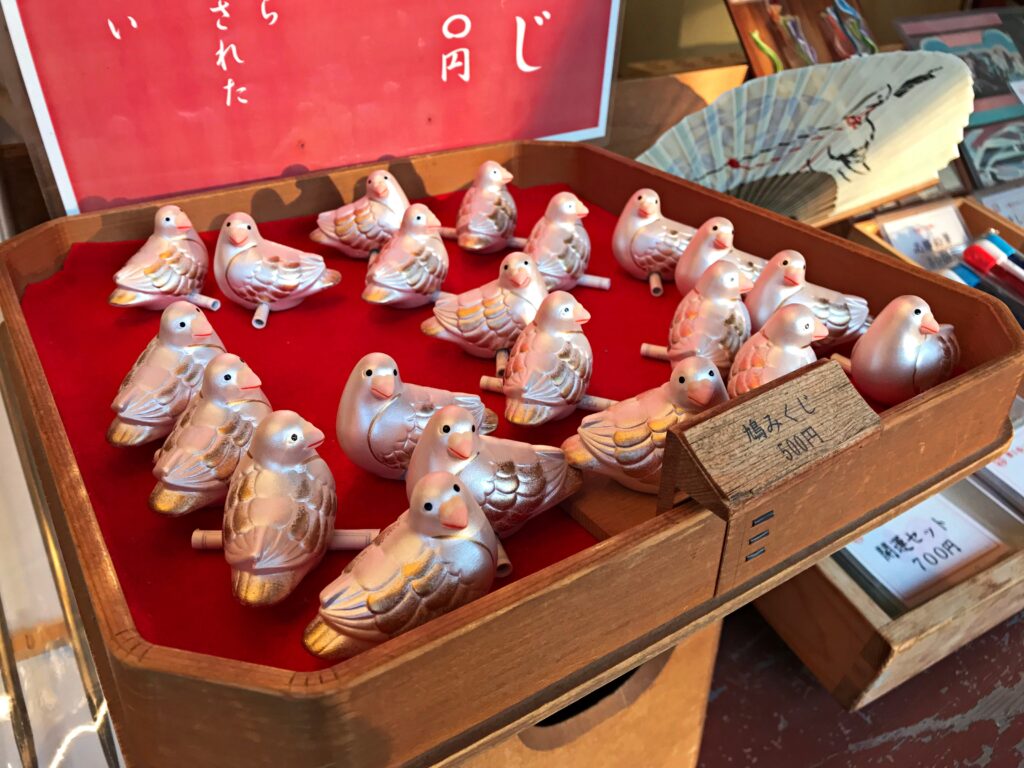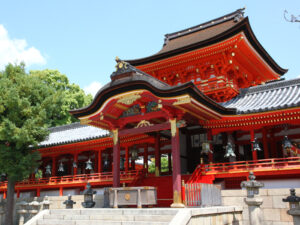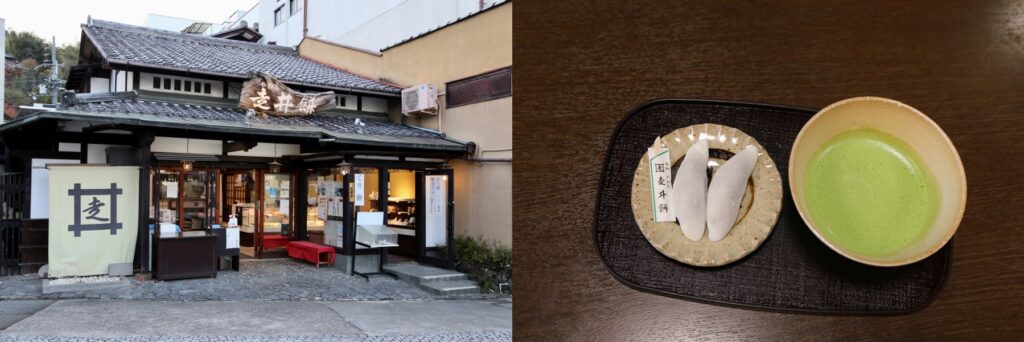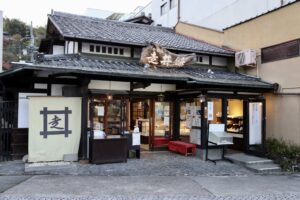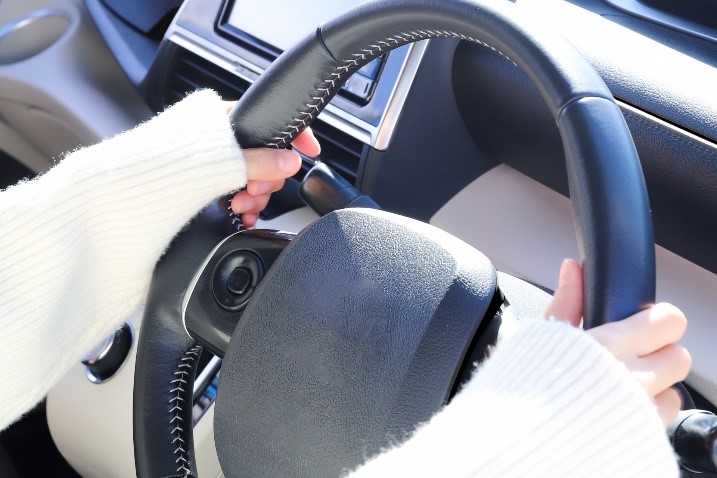Suggested route for one-day road trip around Kyoto Tea Country
08:00AM Pick up a car from the car rental company and depart from Kyoto (for details, please refer to the small guide to renting a car at the end of this article)
→ Drive to the Kumiyama IC via the Second Keihan Highway, take the Keiji Bypass to the Kasatori IC, then drive along the route towards Ujitawara About 50 minutes
① Shoju-in Temple (9:00AM-10:00AM)
* The temple opens at 10:00AM from December to March, so please be mindful of your departure time
→ Drive to Soenkoyuan YANTAN About 10 minutes
② Soenkoyuan YANTAN (10:15AM-11:15AM)
→ Walk to the birthplace of Nagatani Soen About 15 minutes
③ Birthplace of Nagatani Soen (11:30AM-12:00PM)
→ Return to Soenkoyuan YANTAN for lunch (12:15PM-1:30PM)
→ Drive to Iwashimizu Hachimangu Shrine About 1 hour
④ Iwashimizu Hachimangu Shrine (2:30PM-3:30PM)
→ Walk to Hashiriimochi-rouho About 10 minutes
⑤ Hashiriimochi-rouho (3:45PM-4:30PM)
→ Drive back to Kyoto via the Second Keihan Highway, and return the car to the car rental company About 40 minutes
